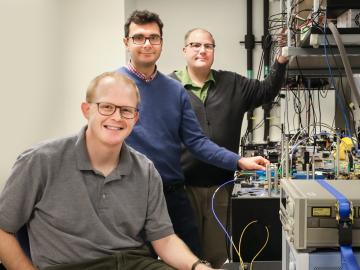
Filter News
Area of Research
- Advanced Manufacturing (16)
- Biological Systems (4)
- Biology and Environment (101)
- Building Technologies (5)
- Computational Biology (2)
- Computational Engineering (4)
- Computer Science (14)
- Electricity and Smart Grid (2)
- Energy Frontier Research Centers (1)
- Energy Science (239)
- Energy Sciences (1)
- Fossil Energy (1)
- Fuel Cycle Science and Technology (2)
- Fusion and Fission (33)
- Fusion Energy (11)
- Isotope Development and Production (1)
- Isotopes (27)
- Materials (198)
- Materials Characterization (2)
- Materials for Computing (18)
- Materials Under Extremes (1)
- Mathematics (1)
- National Security (39)
- Neutron Science (104)
- Nuclear Science and Technology (28)
- Nuclear Systems Modeling, Simulation and Validation (1)
- Quantum information Science (6)
- Sensors and Controls (3)
- Supercomputing (148)
- Transportation Systems (2)
News Type
Date
News Topics
- 3-D Printing/Advanced Manufacturing (66)
- Advanced Reactors (13)
- Artificial Intelligence (46)
- Big Data (23)
- Bioenergy (46)
- Biology (53)
- Biomedical (27)
- Biotechnology (12)
- Buildings (27)
- Chemical Sciences (31)
- Clean Water (19)
- Composites (17)
- Computer Science (102)
- Coronavirus (14)
- Critical Materials (11)
- Cybersecurity (22)
- Education (3)
- Emergency (1)
- Energy Storage (52)
- Environment (104)
- Exascale Computing (19)
- Fossil Energy (2)
- Frontier (25)
- Fusion (26)
- Grid (34)
- High-Performance Computing (52)
- Hydropower (3)
- Irradiation (2)
- Isotopes (30)
- ITER (4)
- Machine Learning (21)
- Materials (91)
- Materials Science (68)
- Mathematics (3)
- Mercury (7)
- Microelectronics (2)
- Microscopy (27)
- Molten Salt (6)
- Nanotechnology (32)
- National Security (28)
- Neutron Science (83)
- Nuclear Energy (54)
- Partnerships (24)
- Physics (32)
- Polymers (16)
- Quantum Computing (17)
- Quantum Science (34)
- Security (15)
- Simulation (29)
- Software (1)
- Space Exploration (14)
- Statistics (1)
- Summit (29)
- Transportation (58)
Media Contacts
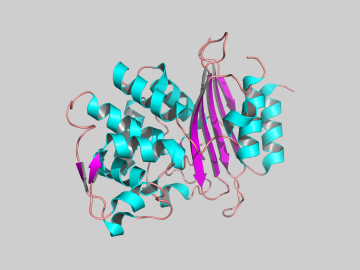
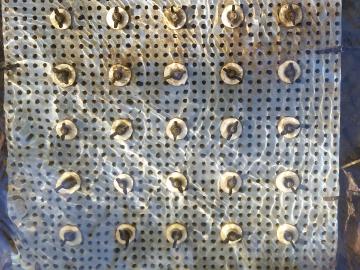
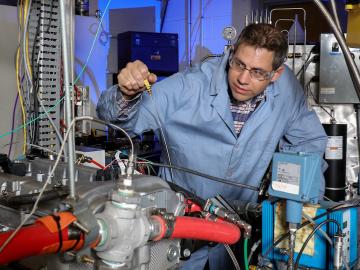
Gasoline-powered automobiles could achieve an 8 percent or greater fuel efficiency gain through a new combustion strategy developed at Oak Ridge National Laboratory. Scientists have demonstrated a new method for reforming fuel over a catalyst, a process that chemically converts fuel ...
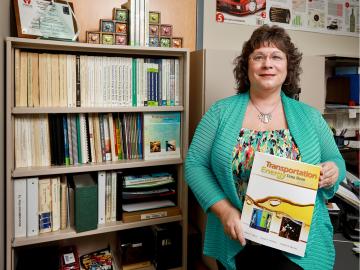
For anyone seeking comprehensive data and analysis regarding the vehicle technology market, all roads lead to Oak Ridge National Laboratory’s Stacy Davis. Unflagging curiosity, an ability to read trends, and an eagle eye for detail are the tools that drive Davis’s work creatin...
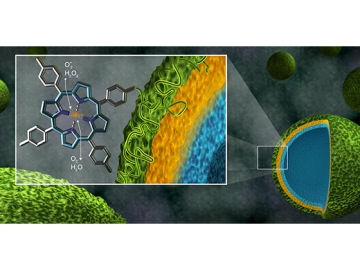
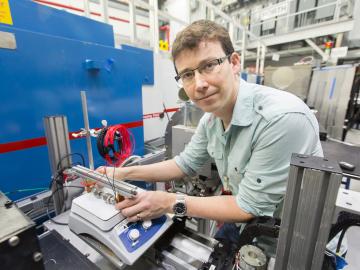
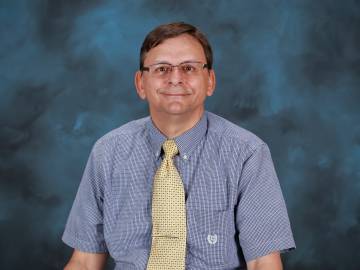
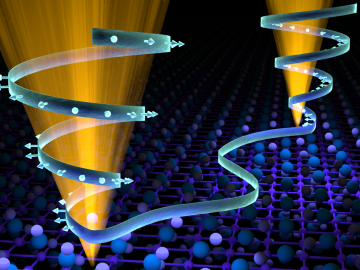

Four technologies developed at the Department of Energy’s Oak Ridge National Laboratory have earned 2018 Excellence in Technology Transfer Awards from the Federal Laboratory Consortium for Technology Transfer (FLC). The FLC is a nationwide network of more than 30...
